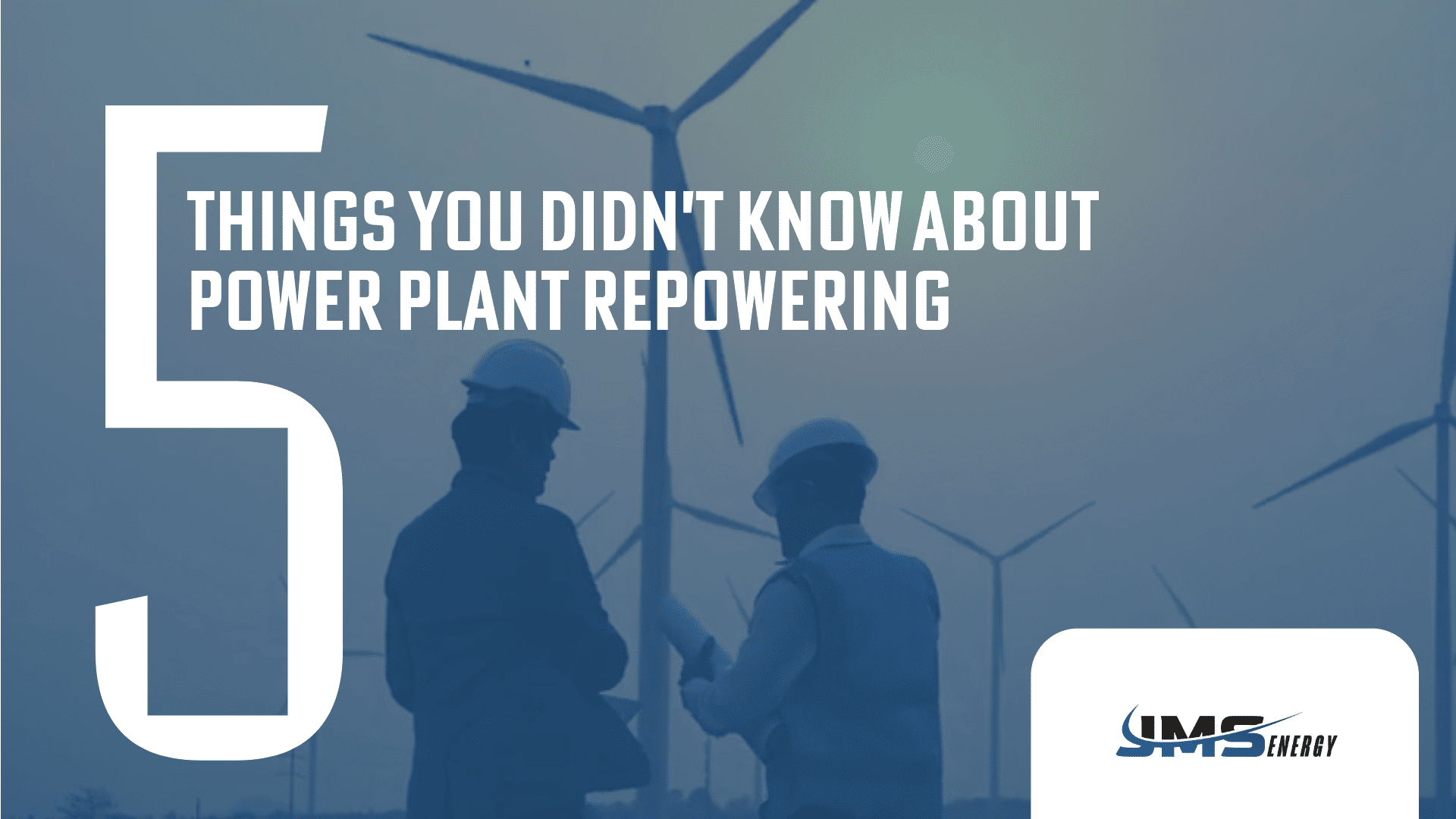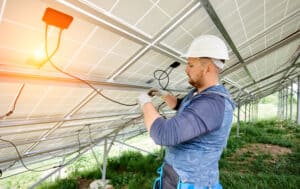
Table of Contents
As the renewable energy sector continues to evolve, power plant repowering has emerged as a crucial strategy for enhancing the efficiency and longevity of aging facilities. While most people are familiar with the basic concept of repowering—upgrading older power plants with newer, more efficient technologies—there are many lesser-known aspects that make this process even more vital to the future of energy. Whether you’re a seasoned professional in the energy sector or just curious about the latest trends, here are five things you probably didn’t know about power plant repowering.

1. Power Plant Repowering Extends the Lifespan of Existing Infrastructure
One of the most significant advantages of power plant repowering is its ability to extend the lifespan of existing infrastructure. Instead of decommissioning an aging plant, repowering allows operators to breathe new life into the facility by replacing outdated components with modern technology. This not only saves time and money but also reduces the environmental impact associated with constructing new plants from scratch.
For example, in solar power plants, older photovoltaic (PV) panels can be replaced with high-efficiency models, and in wind farms, smaller turbines can be swapped out for larger, more powerful ones. These upgrades can significantly increase energy output without the need for entirely new infrastructure, making repowering a cost-effective and sustainable option.
2. Repowering Improves Grid Stability
Grid stability is a critical concern as the proportion of renewable energy in the grid continues to grow. Older power plants, especially those running on renewable sources like wind and solar, were often designed with the technology available at the time, which may not be as reliable or efficient as today’s standards.
Repowering these plants allows for the integration of advanced grid management technologies, such as energy storage systems and smart inverters. These upgrades help smooth out the variability of renewable energy sources, ensuring a more stable and reliable grid. As a result, repowered plants can contribute more effectively to grid stability, helping to prevent blackouts and other issues associated with fluctuating energy supply.
3. Repowering Can Enhance Compliance with Regulatory Standards
As governments worldwide tighten regulations on emissions and energy efficiency, many older power plants struggle to comply with the latest standards. Repowering offers a practical solution by enabling these plants to meet or exceed current regulatory requirements.
For instance, repowering a coal-fired plant with natural gas technology can drastically reduce greenhouse gas emissions, bringing the plant in line with stringent environmental standards. Similarly, upgrading the technology in a solar power plant can improve energy efficiency, ensuring compliance with new energy performance benchmarks. This proactive approach not only helps operators avoid costly fines but also positions them as leaders in environmental responsibility.
4. Repowering Drives Economic Growth
Repowering is not just about improving energy efficiency; it also has a positive impact on the economy. By extending the operational life of power plants, repowering helps preserve jobs and stimulate local economies. Moreover, the process of repowering itself creates new employment opportunities in engineering, construction, and maintenance.
In addition to job creation, repowered plants often operate more efficiently, leading to lower energy costs for consumers. These savings can be reinvested in other sectors of the economy, further driving growth. Furthermore, by supporting the renewable energy industry, repowering contributes to the broader goal of energy independence, reducing reliance on imported fossil fuels and boosting national security.
5. Repowering Facilitates the Transition to Renewable Energy
As the world moves towards a more sustainable energy future, the transition from fossil fuels to renewable energy sources is essential. However, this transition is not always straightforward, especially for regions heavily dependent on coal, oil, or natural gas.
Repowering offers a bridge between the old and the new, allowing existing power plants to transition gradually to cleaner energy sources. For example, a coal-fired plant can be repowered to run on biomass or natural gas, significantly reducing its carbon footprint while maintaining energy production. Similarly, older wind and solar farms can be upgraded with the latest technology, ensuring they remain competitive in an increasingly green energy market.
This incremental approach to decarbonization is particularly beneficial in regions where the immediate shutdown of fossil fuel plants would have significant economic or social impacts. By repowering existing plants, energy providers can reduce emissions without disrupting the energy supply or causing widespread job losses.
Conclusion
Power plant repowering is a powerful tool in the renewable energy toolbox, offering numerous benefits beyond simply upgrading outdated equipment. From extending the lifespan of existing infrastructure to enhancing grid stability, compliance, and economic growth, repowering is crucial in the global shift toward cleaner energy. Furthermore, it provides a practical pathway for transitioning from fossil fuels to renewables, ensuring a more sustainable and resilient energy future.
At JMS Energy, we are at the forefront of this exciting field, offering comprehensive repowering solutions that help our clients maximize the efficiency and sustainability of their power plants. Whether you’re looking to upgrade a wind farm, solar installation, or traditional power plant, our expert team is here to guide you through the process, ensuring you get the most out of your investment.
Are you ready to explore the potential of power plant repowering? Contact JMS Energy today to learn more about our services and how we can help you achieve your energy goals.






